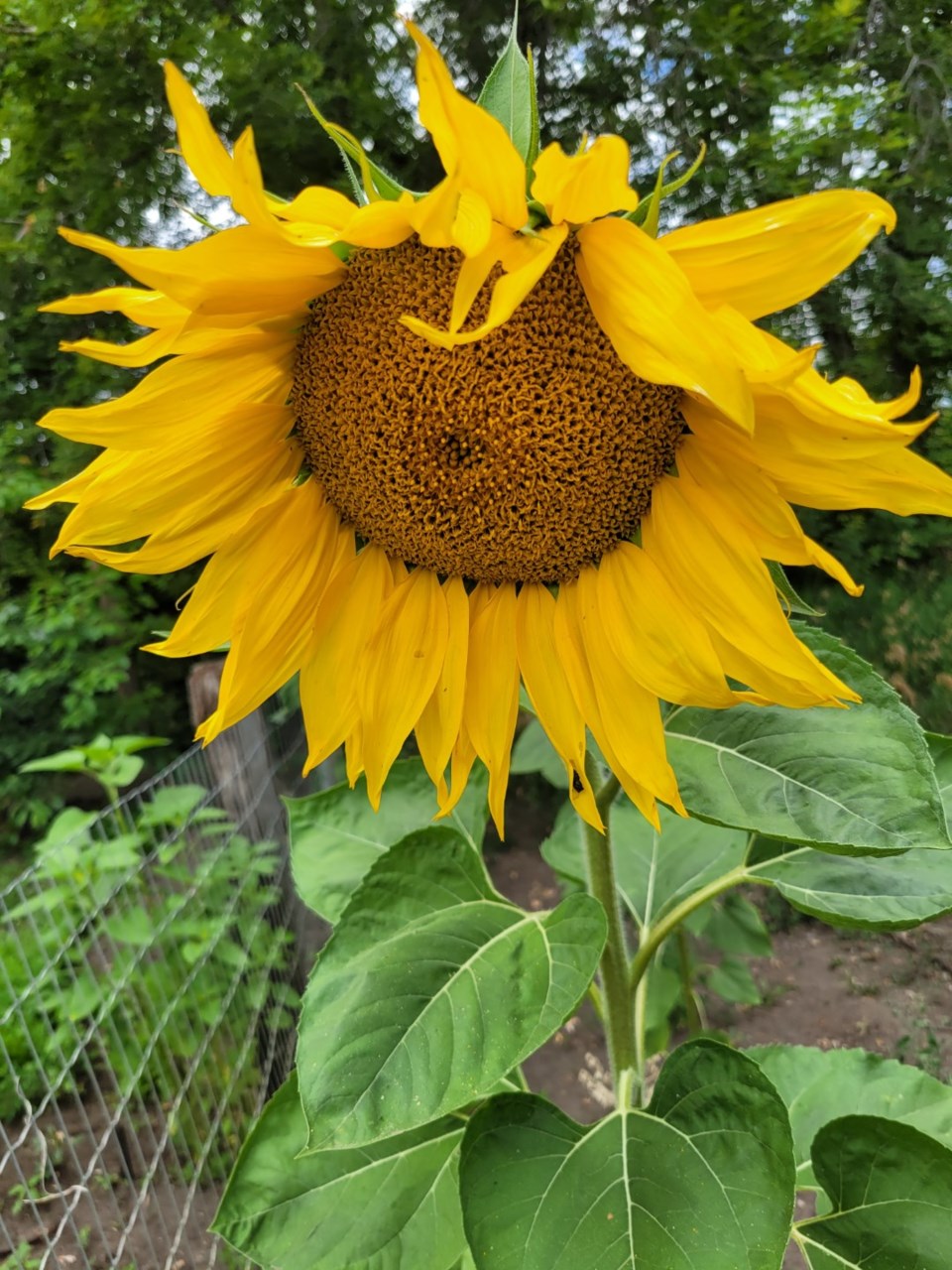Dirt is what’s tracked onto your kitchen floor. Soil is what plants grow in. Having gardened on both Sutherland clay and Grasswood sand, there is absolutely no doubt in my mind, that given a choice, the sand is easier to improve and garden in.
We tend to take soil for granted, but more plant problems are related to soil than any other factor. All too often, we would rather look for a quick fix, like a pesticide or synthetic fertilizer, than deal with the soil itself. It’s better to start from the ground up and ensure that the soil you work with can supply plants with the oxygen, water, and nutrients they need.
Soil is important. It provides mechanical or physical support for plants - quite simply, a medium in which they can grow. Soil water is required for the hundreds of biochemical reactions which take place within a plant, prevents them from wilting, and provides them with nutrients and a cooling system.
Soil forms a relatively shallow layer on the earth’s surface. It’s dynamic. It has changed over the millennia since its formation, and to a lesser degree over the past few days. These changes may involve moisture, temperature, organic matter content, microorganisms, or nutrient levels, and they often affect how well plants grow.
Contrary to its appearance, only 50 per cent of soil is solid. Most of this is formed from rock which has been worn down, broken up, and eroded to form smaller and smaller particles of various sizes. A very small percentage, about 5 per cent, is made up of organic matter, which is or was alive. On the prairies, it is mostly composed of decayed vegetation contributed by the roots of native grasses.
Soil texture refers to the relative proportion of sand, silt, and clay in a given soil. The rock or mineral portion of soil is described in terms of the size of these individual particles. Loam has almost equal proportions of sand, silt, and clay. It is the best for gardening because of its ease of workability.
Sand has the largest particles (0.05 to 2.0 mm in diameter). They are visible to the naked eye, irregular in shape, and gritty to the touch when wetted. A sandy soil drains easily and quickly after rain or irrigation, is easily worked, and warms up quickly in the spring. But it has a very low moisture-holding capacity and must be watered frequently. It also has a low nutrient-holding capacity and must be fertilized more often than a clay soil. When vegetative cover or mulch is lacking, it is subject to wind and water erosion.
Adding organic matter such as compost gives sandy soil much of its ability to absorb and hold water and the nutrients that are dissolved in the soil water. It improves the tilth or workability of sandy soil and provides a slow release of nutrients. It also helps to maintain the pore structure of the soil - the spaces in between the solid soil particles. The higher the organic matter content, the greater its ability to hold and store water and nutrients.
Sara Williams is the author and co-author of many books including 'Creating the Prairie Xeriscape', 'Gardening Naturally' with Hugh Skinner and, with Bob Bors, 'Growing Fruit in Northern Gardens.'
This column is provided courtesy of the Saskatchewan Perennial Society (SPS; [email protected]). Check our website (www.saskperennial.ca) or Facebook page (www.facebook.com/saskperennial) for a list of upcoming gardening events.




